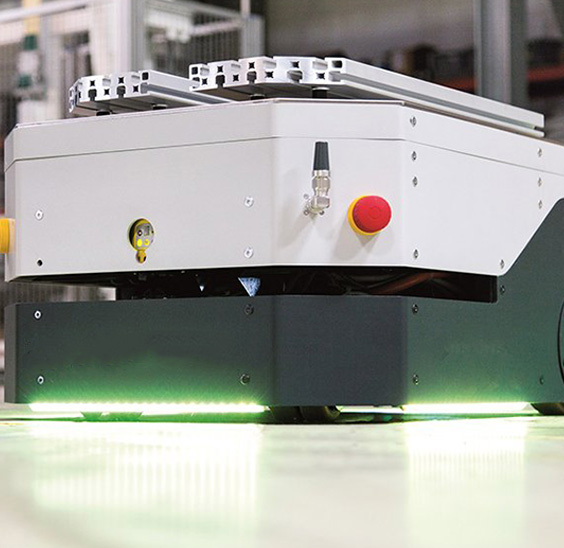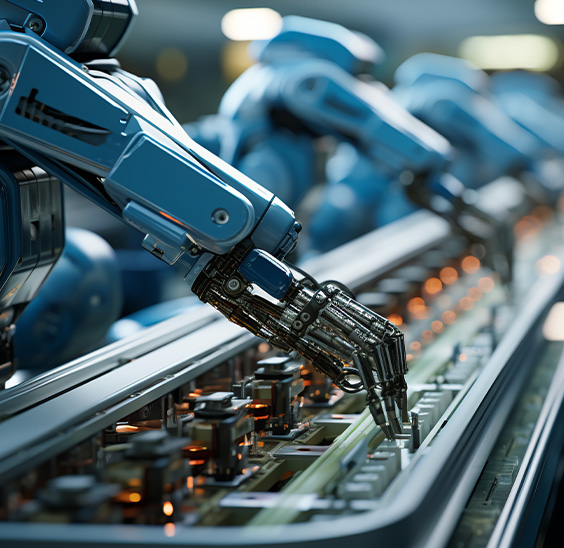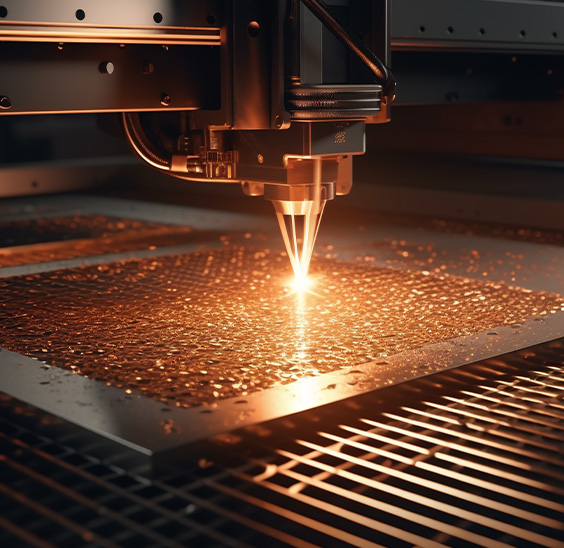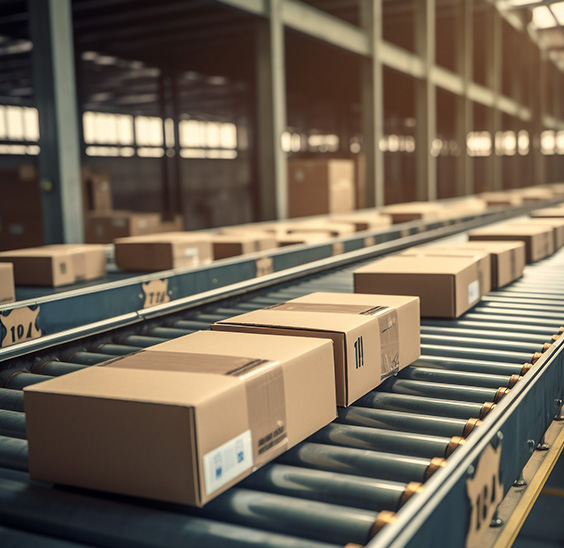Planetary Gearbox: An Efficient Transmission Device in Precision Machinery
In the field of mechanical transmission, planetary gearboxes have become an indispensable part of many industrial equipment with their unique structure and excellent performance. As an efficient, compact and high-precision reduction device, planetary gearboxes are not only widely used in applications that require high torque density and precise speed control, but also play an important role in improving equipment performance and reliability.
The structure of a planetary gearbox, also known as a planetary reducer, is inspired by the way planets revolve around the sun in the solar system. It mainly consists of a sun gear (Sun Gear), planet gears (Planet Gears) and a ring gear (Ring Gear) or a housing. The sun gear is located in the center and is usually directly connected to the motor shaft as an input shaft to drive the planetary gears to rotate. The planetary gears are arranged around the sun gear, and each planetary gear meshes with the sun gear and rotates inside a fixed ring gear. The ring gear has teeth inside that mesh with the outside of the planetary gear to form a complete transmission system.
When the sun gear rotates, it drives the planetary gears to rotate around their own axes while revolving along the inner gear ring of the ring gear. This compound motion is transmitted to the load through the output shaft (usually the ring gear or a component connected to it), thereby achieving a reduction ratio and torque amplification. The reduction ratio and torque amplification of a planetary gearbox depends on the tooth ratio of the sun gear, planet gear and ring gear, which is calculated as follows: Reduction ratio = (number of ring gear teeth + number of planet gear teeth) / number of sun gear teeth.
The reason why planetary gearboxes stand out among many reduction devices is due to their significant advantages:
High efficiency: Since multiple planetary gears are involved in the work at the same time, the load is evenly distributed, which improves the overall efficiency.
High torque density: Compared with other types of reducers, planetary gearboxes can provide higher torque output in a smaller volume.
Compact design: The structure is compact and suitable for applications with limited space.
Multi-stage reduction: Multiple planetary gear sets can be connected in series to achieve a larger total reduction ratio.
Good stability: Smooth operation and low noise, suitable for environments with high requirements for stability and quietness.
Based on these advantages, planetary gearboxes are widely used in various equipment that require high precision and high reliability, such as industrial robots, CNC machine tools, automated production lines, aerospace equipment, automotive transmission systems, etc. In these applications, planetary gearboxes can not only effectively reduce speed and increase output torque, but also ensure the stability and reliability of the system.
With the continuous development of industrial technology, planetary gearboxes are also constantly innovating and optimizing. For example, by adopting advanced materials and manufacturing processes, the load-bearing capacity and service life of planetary gearboxes can be improved. At the same time, the application of intelligent technology also enables planetary gearboxes to achieve more precise control and monitoring.
With the continuous development of new materials, new processes and intelligent technologies, the performance of planetary gearboxes will also be further improved. For example, the use of high-performance ceramic materials or metal-based composite materials to manufacture planetary gears can significantly improve the wear resistance and corrosion resistance of gears; using advanced intelligent manufacturing technology, personalized customization and efficient production of planetary gearboxes can be achieved.


 EN
EN  English
English 中文简体
中文简体 русский
русский Español
Español


















